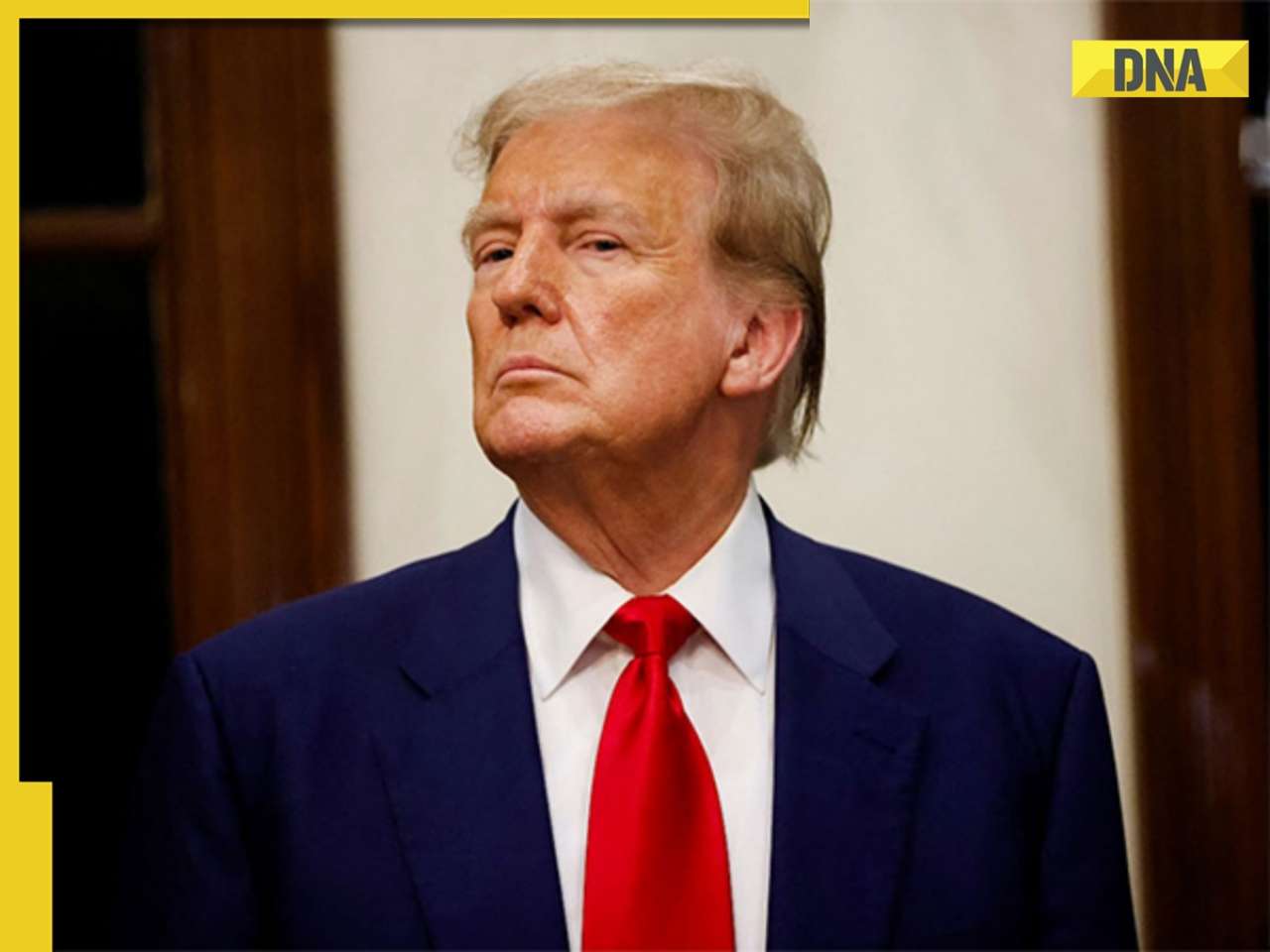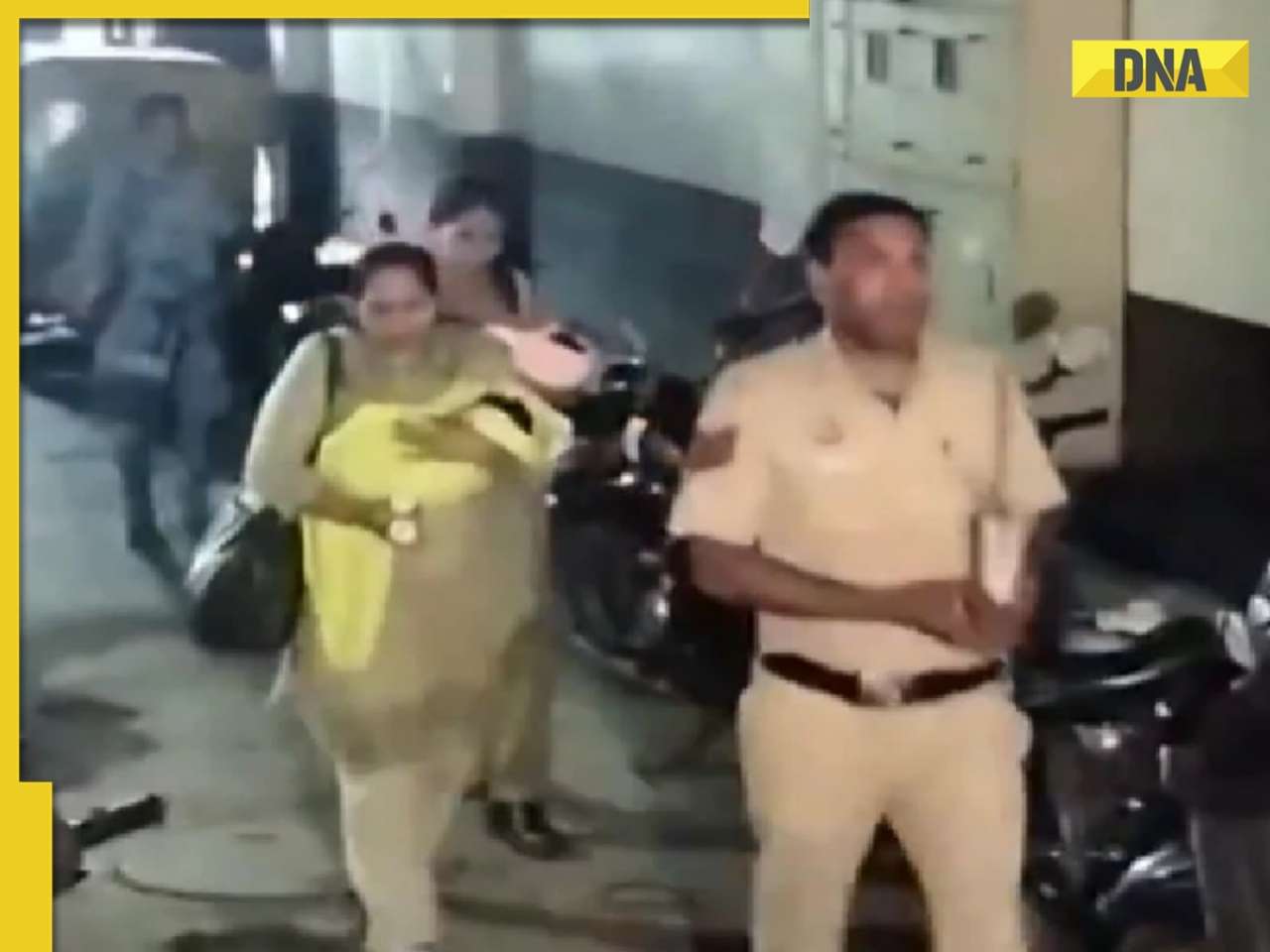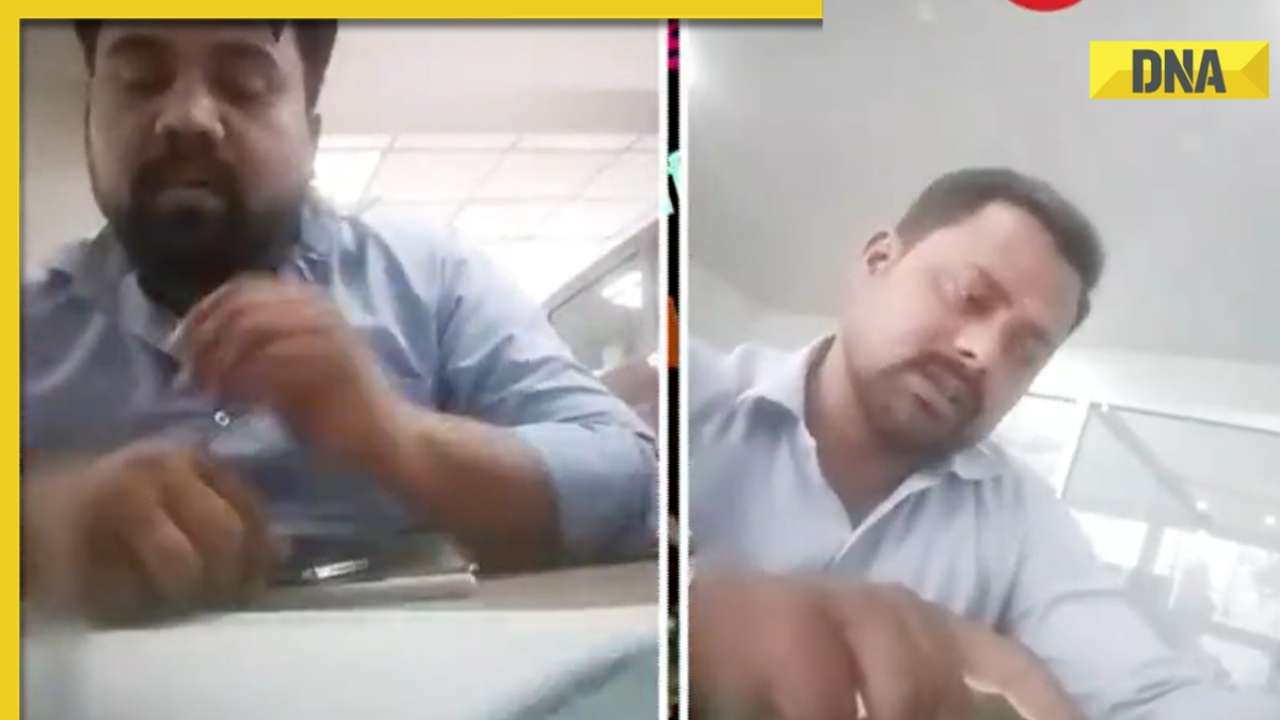Under Article 218, an impeachment motion to remove a High Court judge may be moved in either house of the parliament.
Justice Yashwant Verma, Judge, Allahabad High Court
The Union government is most likely to move a motion to impeach Delhi High Court judge Yashwant Verma in the monsoon session of the Parliament. It will follow the recommendations of the three-member panel comprising Justice Sheel Nagu, Chief Justice of the High Court of Punjab & Haryana; Justice G S Sandhawalia, Chief Justice of the High Court of Himachal Pradesh; and Justice Anu Sivaraman, Judge of the High Court of Karnataka. The panel recorded a statement in the case related to the allegations of wads of currency notes being discovered at the judge’s official residence when a fire broke out there on March 14.
After the then Chief Justice of India Sanjiv Khanna had forwarded a copy of the inquiry report, along with a recommendation to initiate impeachment proceedings against the judge to President Droupadi Murmu and Prime Minister Narendra Modi, the government decided to introduce the motion in the next session.
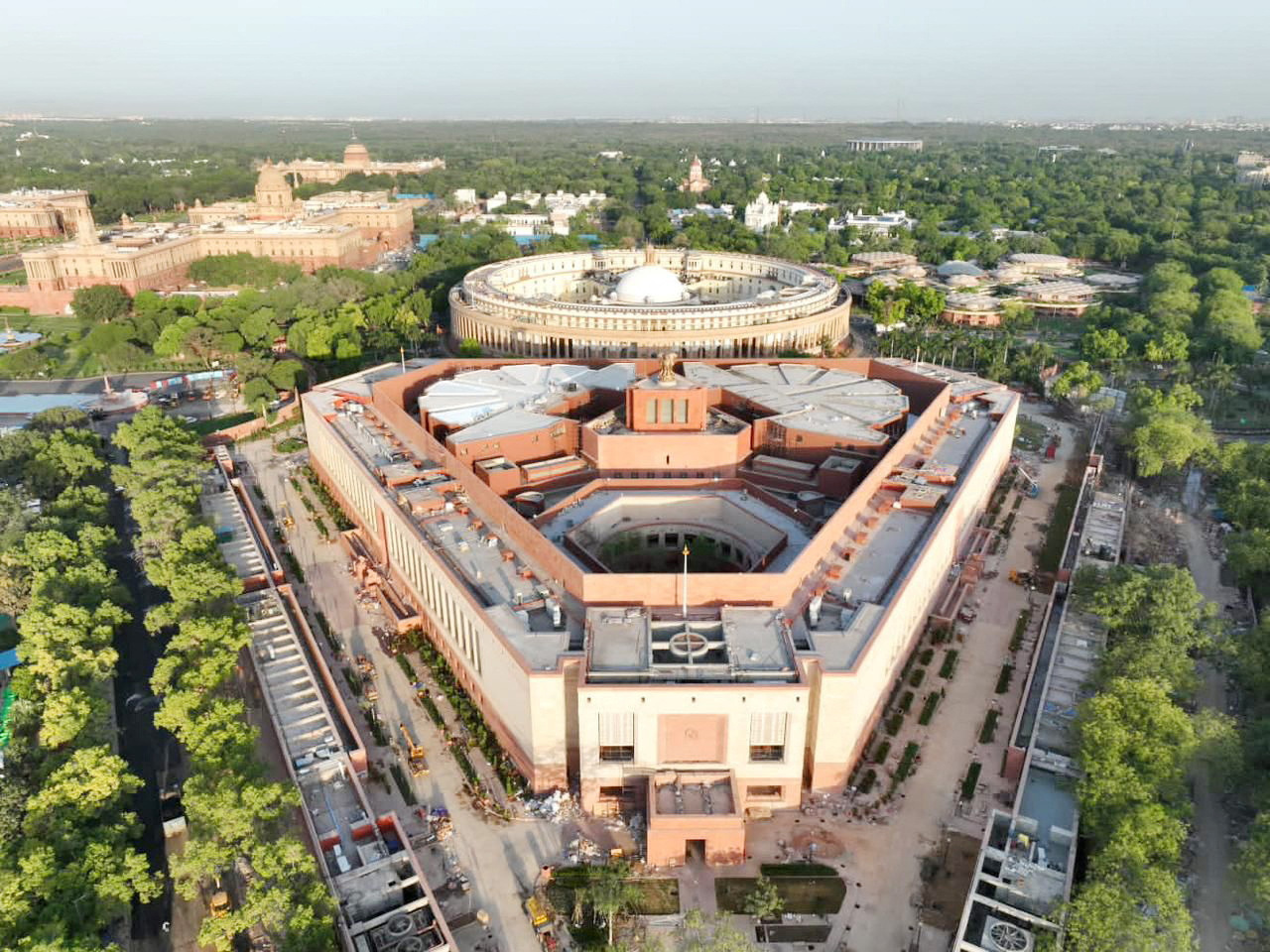
How judge can be removed?
Under Article 218, an impeachment motion to remove a High Court judge may be moved to either house of the parliament. However, if the motion is introduced in the Lok Sabha, at least 100 members should give a signed notice to the speaker. If the motion is moved in the Rajya Sabha, at least 50 members should provide a signed notice to the chairman. The speaker or chairman may consult individuals and examine relevant material related to the notice. Based on this, he or she may decide to either admit the motion or refuse to admit it.
How is impeachment motion adopted?
If the motion is accepted, the Lok Sabha speaker or the Rajya Sabha chairman will constitute a three-member committee to investigate the complaint. The committee should be constituted of a Supreme Court judge, a chief justice of a high court, and a distinguished jurist. The committee will frame charges and the investigation will be conducted based on these charges. A copy of the charges will given to the judge who can present a written defence.
The motion can be adopted in each house by a majority of the total membership of that house and a majority of at least two-thirds of the members of that house present and voting. Once the motion is accepted in the house, it will be sent to the other house. After the impeachment motion is adopted by both houses of the Parliament, it is sent to the president. The president issues an order for the removal of the judge.
Find your daily dose of All
Latest News including
Sports News,
Entertainment News,
Lifestyle News, explainers & more. Stay updated, Stay informed-
Follow DNA on WhatsApp. Rajiv Rai reveals this superstar scolded him for making Kajol main villain of Gupt, he asked director: 'What you have done?'
Rajiv Rai reveals this superstar scolded him for making Kajol main villain of Gupt, he asked director: 'What you have done?' SHOCKING! 1-year-old child bites cobra to death in THIS state: 'He was spotted with...'
SHOCKING! 1-year-old child bites cobra to death in THIS state: 'He was spotted with...' Vatsal Sheth and Ishita Dutta reveal name of their newborn baby girl, it is..., know its meaning, importance, significance
Vatsal Sheth and Ishita Dutta reveal name of their newborn baby girl, it is..., know its meaning, importance, significance IND vs ENG 4th Test Day 4 Highlights: Shubman Gill, KL Rahul take India to 174/2 at stumps; trail England by 137 runs
IND vs ENG 4th Test Day 4 Highlights: Shubman Gill, KL Rahul take India to 174/2 at stumps; trail England by 137 runs Saiyaara box office collection day 9: Newcomers Aneet Padda, Ahaan Panday beats Aamir Khan, Akshay Kumar, Salman Khan for..., their film refuses to slow down
Saiyaara box office collection day 9: Newcomers Aneet Padda, Ahaan Panday beats Aamir Khan, Akshay Kumar, Salman Khan for..., their film refuses to slow down Other than heart attacks or BP : 7 hidden heart conditions triggered by oily foods
Other than heart attacks or BP : 7 hidden heart conditions triggered by oily foods 7 most captivating space images captured by NASA you need to see
7 most captivating space images captured by NASA you need to see AI-remagined famous Bollywood father-son duos will leave you in splits
AI-remagined famous Bollywood father-son duos will leave you in splits 7 superfoods that boost hair growth naturally
7 superfoods that boost hair growth naturally Confused between Forex and Credit cards for your international trip? Learn which saves more
Confused between Forex and Credit cards for your international trip? Learn which saves more Tata Harrier EV Review | Most Advanced Electric SUV from Tata?
Tata Harrier EV Review | Most Advanced Electric SUV from Tata? Vida VX2 Plus Electric Scooter Review: Range, Power & Real-World Ride Tested!
Vida VX2 Plus Electric Scooter Review: Range, Power & Real-World Ride Tested! MG M9 Electric Review | Luxury EV with Jet-Style Rear Seats! Pros & Cons
MG M9 Electric Review | Luxury EV with Jet-Style Rear Seats! Pros & Cons Iphone Fold: Apple’s iPhone Fold Could Solve Samsung’s Biggest Foldable Problem | Samsung Z Fold 7
Iphone Fold: Apple’s iPhone Fold Could Solve Samsung’s Biggest Foldable Problem | Samsung Z Fold 7 Trump News: Congress Seeks Answers On Trump's Alleged Mediation In Operation Sindoor
Trump News: Congress Seeks Answers On Trump's Alleged Mediation In Operation Sindoor OpenAI CEO Sam Altman issues CHILLING warning, says conversations with ChatGPT are...
OpenAI CEO Sam Altman issues CHILLING warning, says conversations with ChatGPT are... This man becomes world's highest-earning billionaire in 2025, beats Elon Musk and Jeff Bezos, Mukesh Ambani is at...
This man becomes world's highest-earning billionaire in 2025, beats Elon Musk and Jeff Bezos, Mukesh Ambani is at... Meet man who built Rs 200,000,000 empire after two failed ventures, his business is..., net worth is Rs...
Meet man who built Rs 200,000,000 empire after two failed ventures, his business is..., net worth is Rs... Meet man, founder of app under govt lens, also owns Rs 1000000000 business, he is..., his educational qualification is...
Meet man, founder of app under govt lens, also owns Rs 1000000000 business, he is..., his educational qualification is...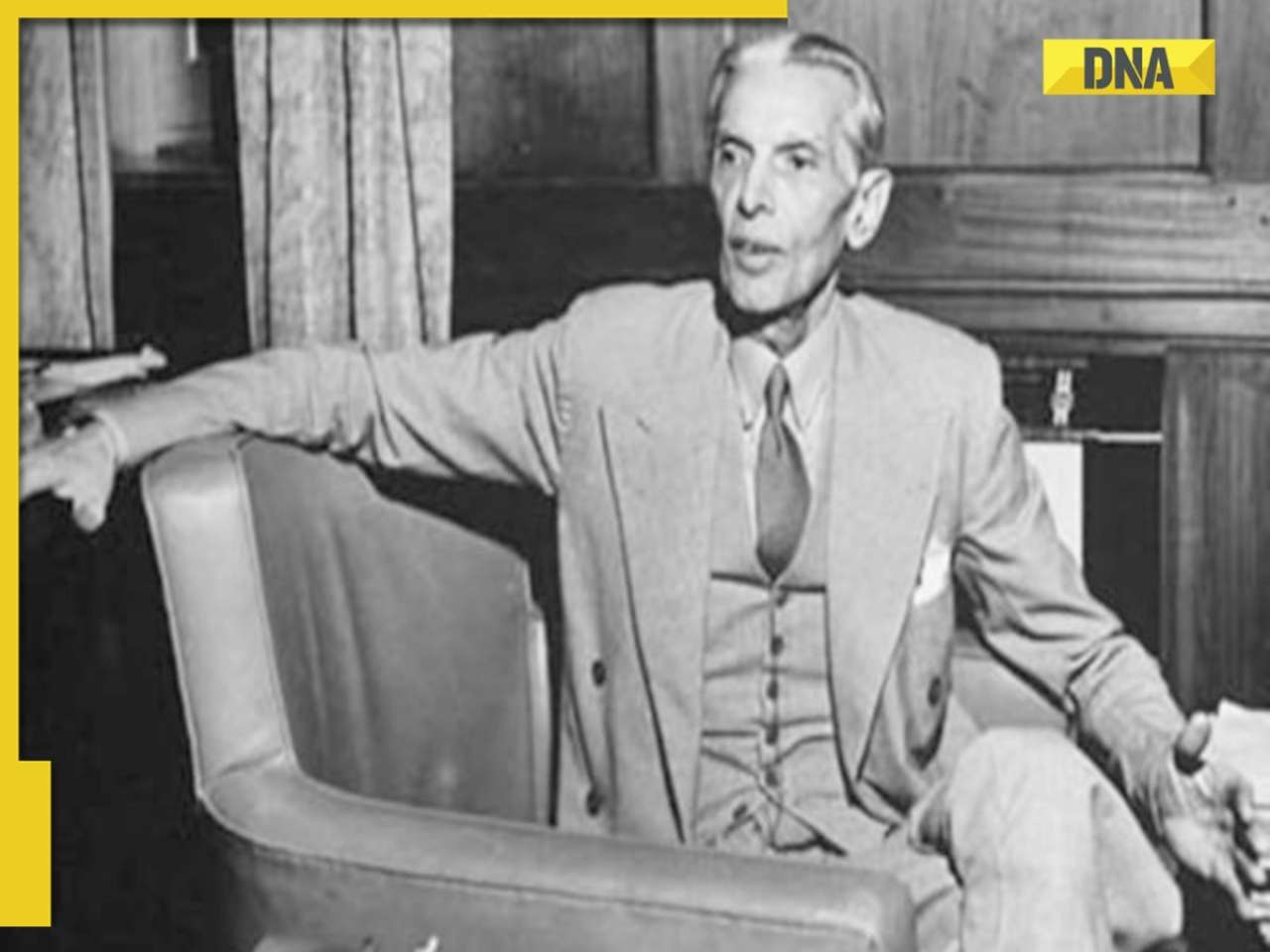 Jinnah wanted THIS Muslim man to be first Finance Minister of Pakistan, he refused, his son is on Forbes list of billionaires
Jinnah wanted THIS Muslim man to be first Finance Minister of Pakistan, he refused, his son is on Forbes list of billionaires Inside Ahaan Panday’s academic journey before his Bollywood debut in Saiyaara
Inside Ahaan Panday’s academic journey before his Bollywood debut in Saiyaara From Alia Bhatt to Anushka Sharma: 5 Bollywood moms who are redefining style
From Alia Bhatt to Anushka Sharma: 5 Bollywood moms who are redefining style Want to think like a billionaire? Try these 5 habits followed by Bill Gates, Narayana Murthy and others
Want to think like a billionaire? Try these 5 habits followed by Bill Gates, Narayana Murthy and others In Pics: Tara Sutaria brings fairytale magic to ramp in a shimmering golden gown at ICW 2025
In Pics: Tara Sutaria brings fairytale magic to ramp in a shimmering golden gown at ICW 2025 From Love in the Moonlight to Moon Embracing the Sun: 7 must-watch K-dramas
From Love in the Moonlight to Moon Embracing the Sun: 7 must-watch K-dramas SHOCKING! 1-year-old child bites cobra to death in THIS state: 'He was spotted with...'
SHOCKING! 1-year-old child bites cobra to death in THIS state: 'He was spotted with...' India appeals to Thailand, Cambodia to prevent escalation of hostilities: 'Closely monitoring...'
India appeals to Thailand, Cambodia to prevent escalation of hostilities: 'Closely monitoring...' NCERT to introduce dedicated module on 'Operation Sindoor' for students of Class...
NCERT to introduce dedicated module on 'Operation Sindoor' for students of Class... Mumbai Pune Expressway: 1 killed, many injured after nearly 20 vehicles crash in major accident
Mumbai Pune Expressway: 1 killed, many injured after nearly 20 vehicles crash in major accident Carrying too much luggage on trains? Here's what Indian Railways may do; check weight limit, penalty
Carrying too much luggage on trains? Here's what Indian Railways may do; check weight limit, penalty Indian Army Agniveer CEE 2025 result declared, here's how you can download it
Indian Army Agniveer CEE 2025 result declared, here's how you can download it Meet IPS officer, DU grad, who cracked UPSC exam in her third attempt, secured 992 out of 2025 marks with AIR..., now married to IAS...
Meet IPS officer, DU grad, who cracked UPSC exam in her third attempt, secured 992 out of 2025 marks with AIR..., now married to IAS... Meet woman, who studied MBBS, later cracked UPSC with AIR..., became popular IAS officer for these reasons, shares similarities with IAS Tina Dabi, she is from...
Meet woman, who studied MBBS, later cracked UPSC with AIR..., became popular IAS officer for these reasons, shares similarities with IAS Tina Dabi, she is from... Meet Nilufa Yasmine, who topped UGC NET June exam, failed twice before scoring a perfect 100, she is from...
Meet Nilufa Yasmine, who topped UGC NET June exam, failed twice before scoring a perfect 100, she is from... Meet woman, daughter of vegetable vendor who cracked UPSC, her mother mortgaged gold for her education, her AIR is…
Meet woman, daughter of vegetable vendor who cracked UPSC, her mother mortgaged gold for her education, her AIR is… Maruti Suzuki's e Vitara set to debut electric market at Rs..., with range of over 500 km, to launch on...
Maruti Suzuki's e Vitara set to debut electric market at Rs..., with range of over 500 km, to launch on...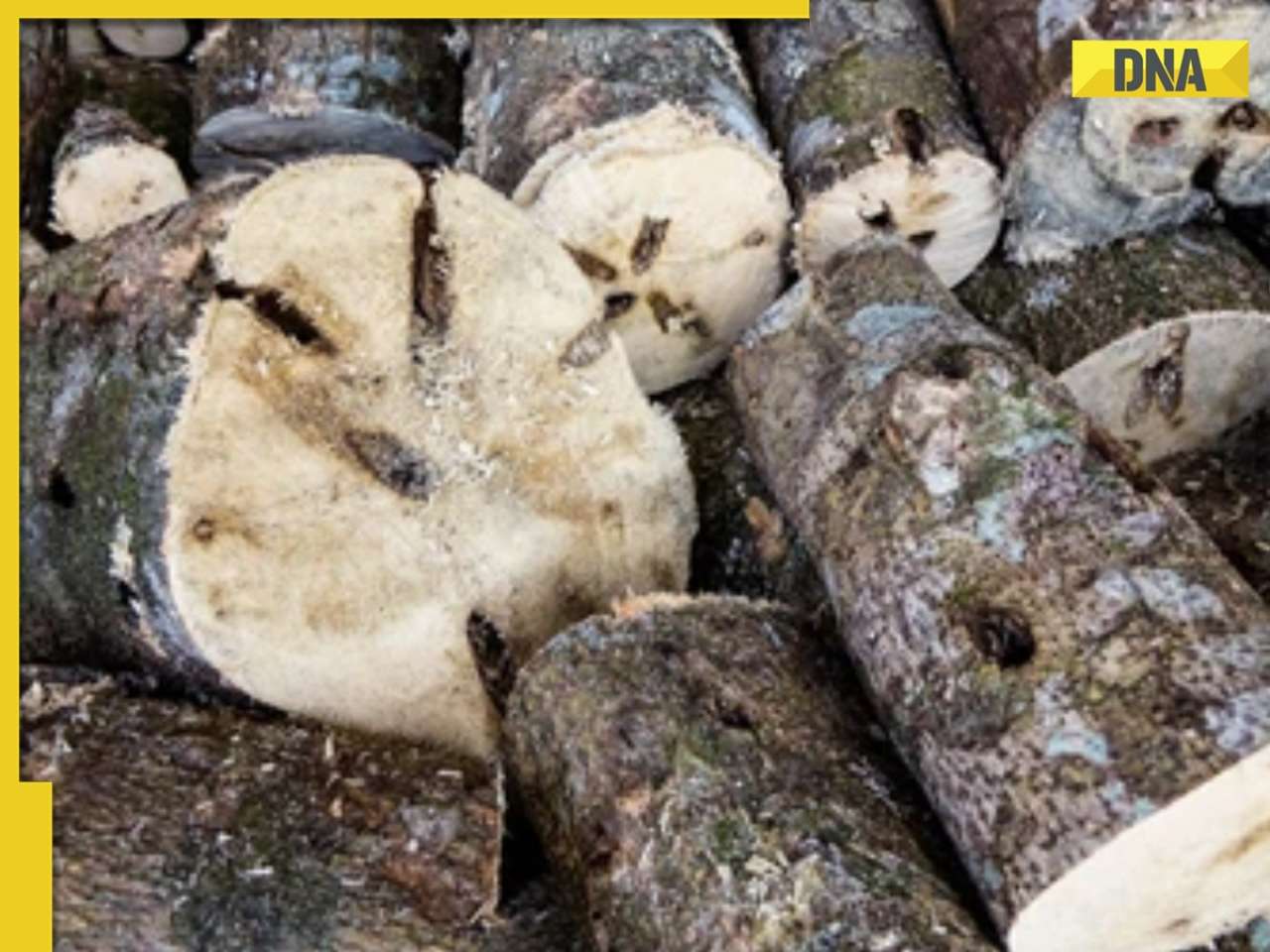 This is world’s most expensive wood, cost of 1kg wood is more than gold, its name is..., is found in...
This is world’s most expensive wood, cost of 1kg wood is more than gold, its name is..., is found in... This luxury car is first choice of Indians, even left BMW, Jaguar, Audi behind in sales, it is...
This luxury car is first choice of Indians, even left BMW, Jaguar, Audi behind in sales, it is... Kia India unveils Carens Clavis: Check features, design changes, price and more; bookings open on...
Kia India unveils Carens Clavis: Check features, design changes, price and more; bookings open on... Tesla CEO Elon Musk launches most affordable Cybertruck, but it costs Rs 830000 more than older version, it is worth Rs...
Tesla CEO Elon Musk launches most affordable Cybertruck, but it costs Rs 830000 more than older version, it is worth Rs...




)
)
)
)
)
)
)
)
)
)
)
)
)
)
)
)



